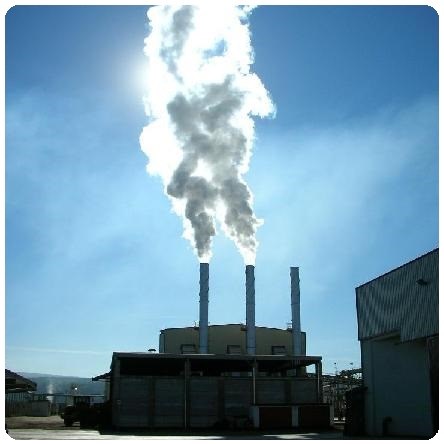Facts:
Systems analyses is an important tool when evaluating complex systems which we at the department have a long tradition to work with when evaluating bioenergy systems.

At the department of Energy and Technology we work with research in how solid biofuels best should be produced, handled and be delivered. We also asses environmental impact from different biofuel assortments and processes. When fossil-based products being replaced with renewable ones, biomass demand will increase. There is available biomass that sustainably could be recovered. However, there is a need for new more efficient value and supply chains to deliver a material with the right quality, at the right time and cost-competitive to present alternative.
We try to increase efficiency in present bioenergy systems and to redesign and develop new forest and agro-based value and supply chains to meet our society's future needs. The whole chain ranging from resource to final delivery is assed. To increase delivered volumes, more cost-efficient systems must be developed to handle strong competition from other fuels. Solid biofuels are low valued and profit margins are tight which decreases the room for inefficiency and non-rational handling.
Storage, processing and transport is required to meet the industries demand. We evaluating different alternatives using a wide range of techniques and tools, e.g. discrete-event simulation. Streams from both the forestry and agricultural area are of interest. E.g. logging residues, tree stumps, straw, and also biomass grown on marginal land can play an important role when biomass demand is increasing. In short, we conduct research in how biomass best is delivered.
We also work with fuel quality and storage since these are important aspects of the supply chain. To bridge time gap between production and demand and to assure sufficient quality storage is often needed at some point in the supply chain. A badly planned storage can result in both monetary and biomass losses. Large field trials and laboratory analyses are tools used in this area to evaluate present storage recommendations and to design new storage techniques. We also evaluate the suitability of different biomaterial as fuels.
All bioenergy system also has sustainability and environmental aspects that continuously needs to be assessed and evaluated. How can the forest and agricultural area contribute to sustainable development at the same time help to fulfill environmental goals? How can biomaterials be used in an emerging bioeconomy and what implications and consequents are associated? We use life cycle assessment to map and evaluate energy balances and environmental impact from processes, products and systems. By that, we create decision support for use when designing e.g. new policies.
Systems analyses is an important tool when evaluating complex systems which we at the department have a long tradition to work with when evaluating bioenergy systems.